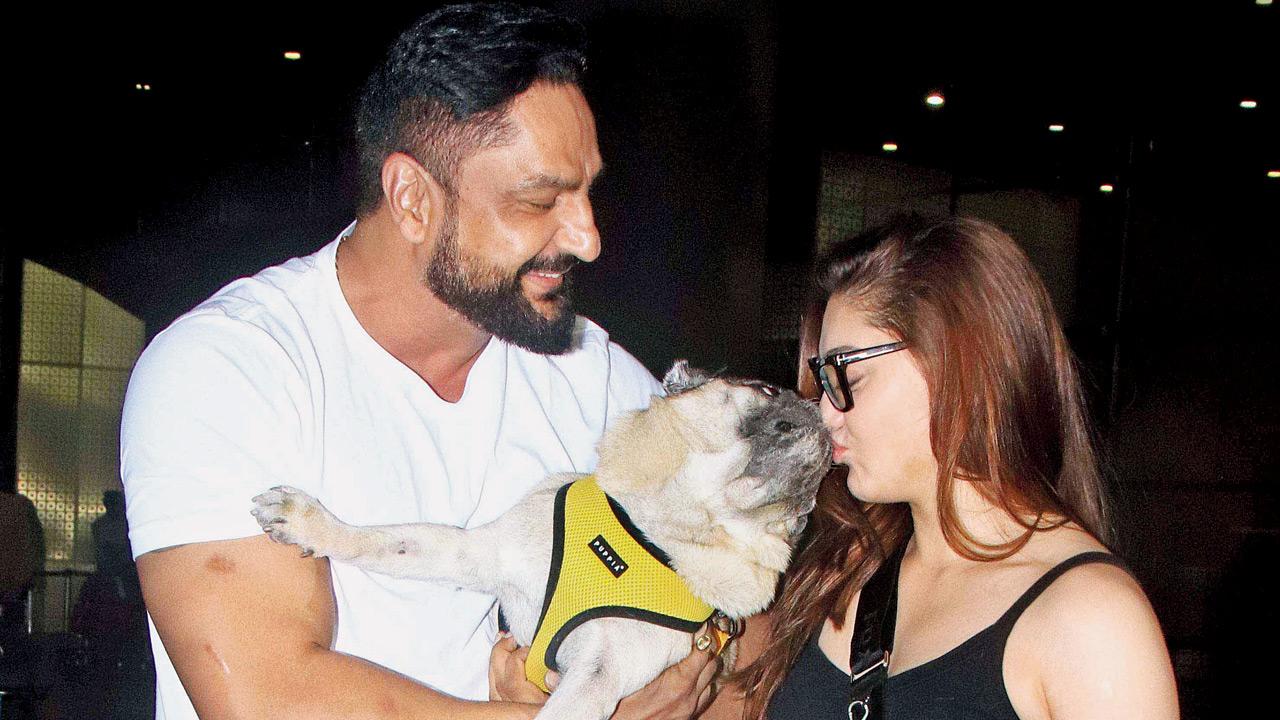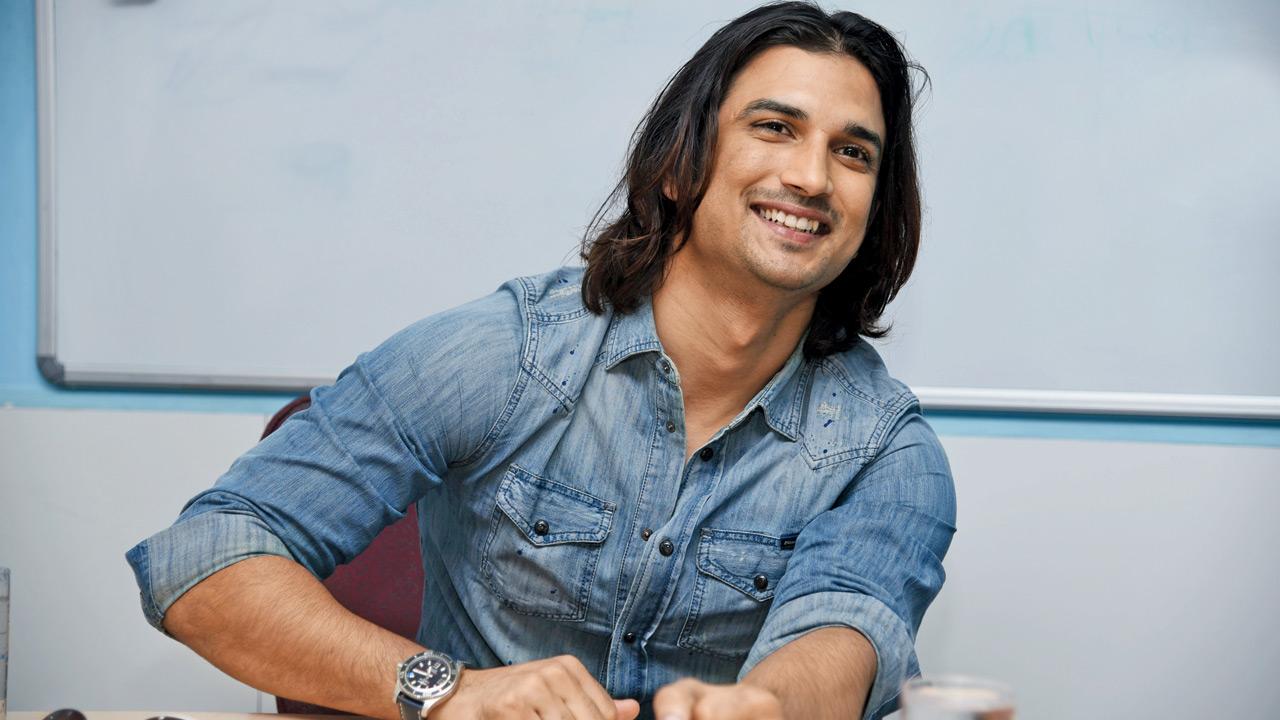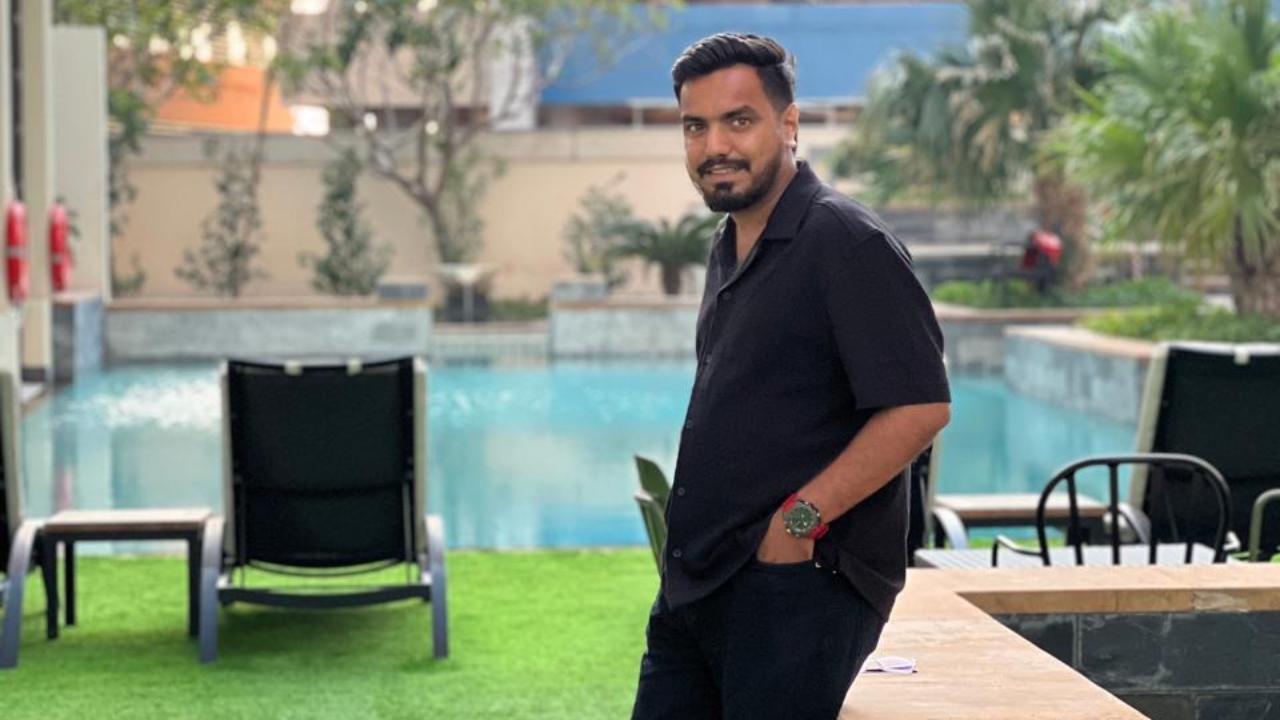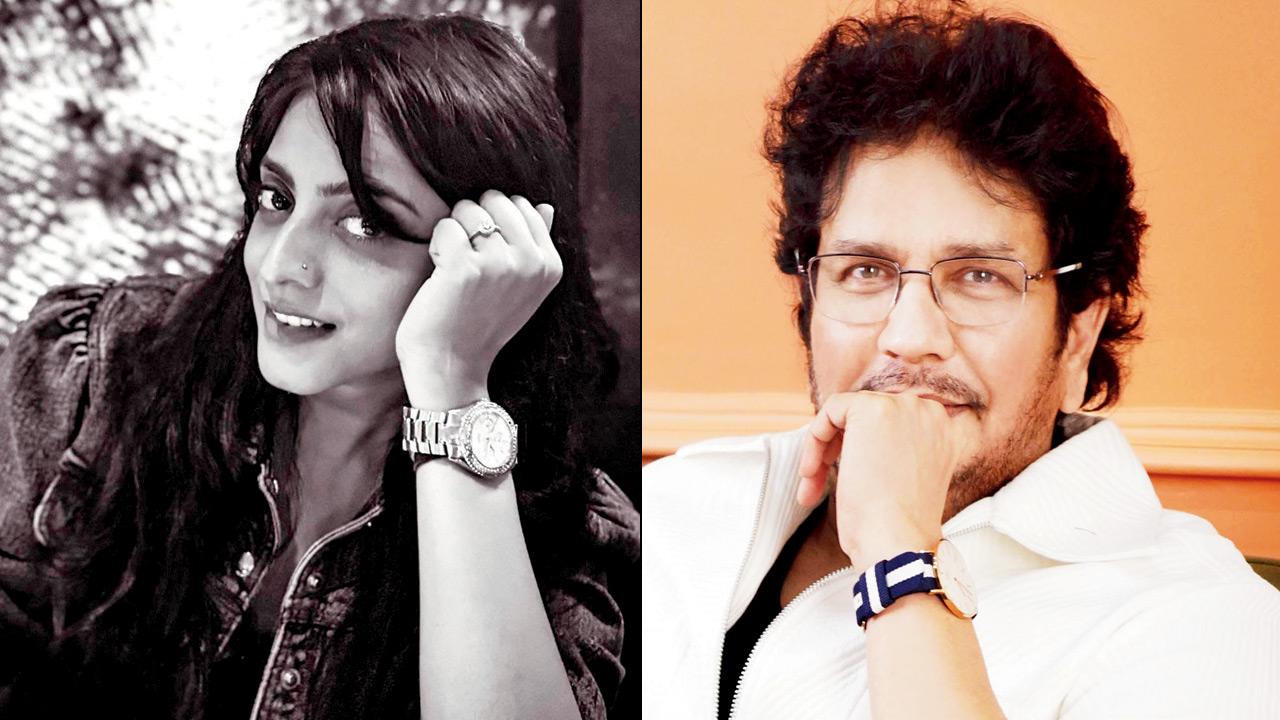The intrusive digital coverage of actor Shefali Jariwala’s demise is another reminder that someone’s grief is not a spectacle. Sunday mid-day speaks to paparazzi, and film and celebrity publicists to understand where one should draw the line

Shefali Jariwala and her partner Parag Tyagi in happier times. After her death, he requested the media and paparazzi to stop filming the unfortunate event
Hours after performing the last rites of his actor-partner, Shefali Jariwala, a distraught Parag Tyagi, with folded hands, requested the media and paparazzi to not make fun of the departed, and stop filming the unfortunate event. Tyagi’s request came after a day of what could be best described as grief voyeurism — from paparazzi and mediapersons filming him taking out his dog for a walk, pushing camera and microphones in the faces of those grieving, to shooting Tyagi kissing the mortal remains of his beloved. Shortly after, Bollywood star Varun Dhawan took to Instagram to question the need to cover “someone’s grief”. Many in the industry echoed his sentiments.
It’s not the first time the moral and ethical lines of reportage have been crossed in the face of a celebrity death. It’s also not the first time the media and paparazzi have been criticised for displaying insensitivity. Veteran Bollywood photographer Yogen Shah, a prominent member of the fraternity, poses a blunt question: “Tell me one thing — why cover celebrity funerals at all? What’s there to show?”

The events after Sushant Singh Rajput’s death were also widely photographed. PIC/RANE ASHISH
Shah emphasises sensitivity and consent remain central to his team’s approach. “If the family says no, we listen,” he says, citing examples of the death of Jariwala and Anil Kapoor’s mother, Nirmal Kapoor. “When Sunita Kapoor (Anil’s wife) requested that her mother-in-law’s funeral not be photographed, no one clicked a single image. Similarly, Shefali Jariwala’s prayer meet was not covered by the paparazzi at all, in full respect of her family’s wishes,” he shares.
Popular Bollywood pap Snehkumar Zala, who is a part of senior photographer Manav Manglani’s team, says in the absence of any rules, people in the community employ personal discretion in such incidents. “It’s really about humanity. If someone is grieving or crying, I will personally never record or post it. Yes, like we cover a wedding, we will cover a funeral too. But we shouldn’t be invasive. From a news perspective, we will report on who’s attending the funeral, but we shouldn’t be zooming in on faces. These are lines I don’t want to cross. But today, there are many YouTubers and other video channels that have come into the picture. How many of them will stop?” he asks.
 Popular Bollywood pap Snehkumar Zala
Popular Bollywood pap Snehkumar Zala
But in this unfortunate cycle driven by views and Instagram likes, the villains are many. “While paparazzi and freelancers chase these content for numbers, many dignified platforms are complicit in amplifying it, often without editorial discretion, under the pretext of serving an ‘audience demand’ that may not even exist in the form it’s presumed,” says publicist Priyanka Chandra, who runs film PR firm Mulberry Media.
Zala says the accountability lies on the editors and people, who manage hugely followed video and social media portals. “Besides their on-ground video teams, big news portals also buy content from independent paps and YouTubers. So, someone could shoot something and send it to you, but it’s on you whether you post it or not. The accountability should also be of the people managing these pages,” he points out.

PRIYANKA CHANDRA and YOGEN SHAH
From a publicist’s perspective, a celebrity death is not about disseminating information, but constant firefighting to save the reputation of the deceased. “The PR and media management in case of such events entirely depends on the comfort of the public figure and their family. While official statements are released by spokespersons and family to the media in case of natural deaths, this cannot be a template to follow in cases of active investigations. Media management is also done on-ground in case of some high-profile deaths, but the battle to counter misinformation is the biggest challenge for PR professionals,” says a film PR professional on the condition of anonymity.
To Chandra, it’s the normalisation of public consumption of private grief that’s the actual crisis. “From a publicist’s point of view, these situations are such a nightmare to navigate. The publicist often becomes an invisible crisis manager of sorts, trying to hold space for privacy, maintain dignity and simultaneously, mitigate reputational damage. But when content is being generated from phones in the hands of bystanders and sold across these platforms with no gatekeeping, containment becomes near impossible. It’s a complete collapse of moral boundaries,” she explains.
The need for guidelines to enforce something as basic as sensitivity and compassion might feel tragic, but it’s becoming increasingly imperative. “For covering funerals, there should be a designated area at crematoriums and hospitals for the media, at a distance from visitors and those who are grieving. The Ministry of Information and Broadcasting and Press Council of India should take cognisance of the matter, issue guidelines and set SOPs to better regulate press coverage during such instances. There are prominent paps who run a network of representatives on-ground. I strongly believe that they have the power to set an example,” says a PR executive.
But what happens when a publicist also gets their hand dirty? A senior PR shares with us that oftentimes paps are tipped off to cover funerals. “I was talking to a few paps and I learnt that a few days ago, Shefali’s prayer meeting was held, and the family said, ‘Please don’t cover.’ So paps did not cover. No one on social media even came to know that there was a prayer meet. So then what is happening? It’s flawed at many levels. It’s not one person’s problem. There are celebrities who want to be papped,” the publicist says.
The communication from a PR in the event of an untimely death will not necessarily be always streamlined, because it also depends on how powerful the publicist is, shares an insider. “After Shefali, Parag was the one to give approvals for such things such as a statement or other details. Maybe he wasn’t in the state? For Sridevi, there were managers and entire teams. But some don’t have access to that kind of structure who would take charge on their behalf and oversee PR,” the insider says.
Before any guidelines are set from the top, is there a collective action that celebrities and their publicists can take against regular offenders by discontinuing platforming themselves and their clients respectively until they put an end to intrusive practices? “The entertainment industry’s biggest problem is the lack of unity. If everyone stands together, there are many wrongs we can rectify. When an actor like Varun posts something, it’s great. I don’t even know if he knew Shefali well, but it’s not a question of knowing. It’s a question of humanity,” says another PR executive.
In the end, it all comes down to pausing for a minute, rethinking, and choosing conscience over coverage, Chandra sums up. “Ultimately, the question we must ask isn’t whether something will fetch views, but whether it should. Even entertainment journalism cannot be divorced from conscience.”
 Subscribe today by clicking the link and stay updated with the latest news!" Click here!
Subscribe today by clicking the link and stay updated with the latest news!" Click here!










